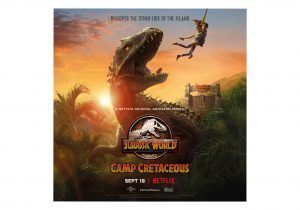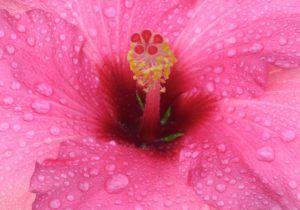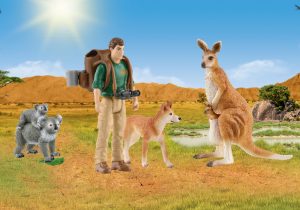
Bacteria Primary Resource
Discover the mighty micro-organisms that call your body “home sweet home…”
This science primary resource introduces children to the bacteria living on and inside our bodies. Discover fascinating facts and incredible images of the most common bacteria that call the human body home. What is bacteria? Why do we need bacteria to stay healthy? How is bacteria the source of body odour?
Pupils will learn about four kinds of bacteria in this science primary resource sheet – Actinomyces viscosus, Escherichia coli, Metanogens and Brevibacterium linens. They will also learn about why bacteria is essential for digestion, the production of energy and vitamins, and overall good health.
The teaching resource can be used in study group tasks for research and discussion about the human body and miscroscopic organisms – as a printed handout for each pupil to review and annotate, or for display on the interactive whiteboard for class discussion.
Activity: Get your class to read and discuss our Bacteria primary resource. What bits do they find the most interesting? Are there any facts they find particularly surprising? Or even disgusting?! You could test to see what the children have learned by setting them a quiz to complete based on the information in the resource. This could be done individually or as part of a fun, interactive group activity.
N.B. The following information for mapping the resource documents to the school curriculum is specifically tailored to the English National Curriculum and Scottish Curriculum for Excellence. We are currently working to bring specifically tailored curriculum resource links for our other territories; including South Africa, Australia and New Zealand. If you have any queries about our upcoming curriculum resource links, please email: schools@ngkids.co.uk
This science primary resources assists with teaching the following Lower Key Stage 2 (Year 3) Science objectives from the National Curriculum:
Pupils should be taught to:
- identify that animals, including humans, need the right types and amount of nutrition, and that they cannot make their own food; they get nutrition from what they eat
National Curriculum Lower Key Stage 2 (Year 4) Science objectives:
- recognise that living things can be grouped in a variety of ways
- describe the simple functions of the basic parts of the digestive system in humans
National Curriculum Upper Key Stage 2 (Year 6) Science objectives:
Pupils should be taught to:
- describe how living things are classified into broad groups according to common observable characteristics and based on similarities and differences, including microorganisms, plants and animals
- recognise the impact of diet, exercise, drugs and lifestyle on the way their bodies function
- describe the ways in which nutrients and water are transported within animals, including humans
This science primary resource assists with teaching the following Science second level objectives from the Scottish Curriculum for Excellence:
- By investigating some body systems and potential problems which they may develop, I can make informed decisions to help me to maintain my health and wellbeing
- I have contributed to investigations into the role of microorganisms in producing and breaking down some materials
Scottish curriculum for Excellence Third Level Science objectives:
- I have explored the structure and function of organs and organ systems and can relate this to the basic biological processes required to sustain life
- Using a microscope, I have developed my understanding of the structure and variety of cells and of their functions
Scottish curriculum for Excellence Fourth Level Science objectives:
- I can explain how biological actions which take place in response to external and internal changes work to maintain stable body conditions
Download primary resource
More Like

The life of Rosa Parks

Jurassic World: Camp Cretaceous

The life cycle of flowering plants









LEAVE A COMMENT
THANK YOU
Your comment will be checked and approved shortly.
WELL DONE,
YOUR COMMENT
HAS BEEN ADDED!
COMMENTS
CUSTOMIZE YOUR AVATAR